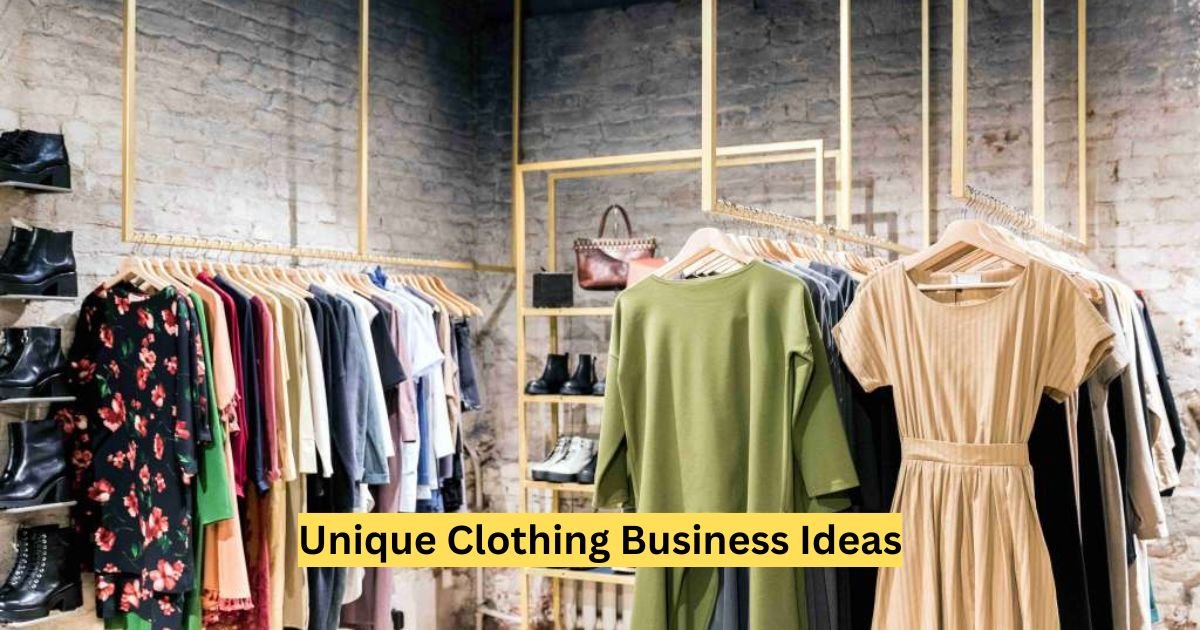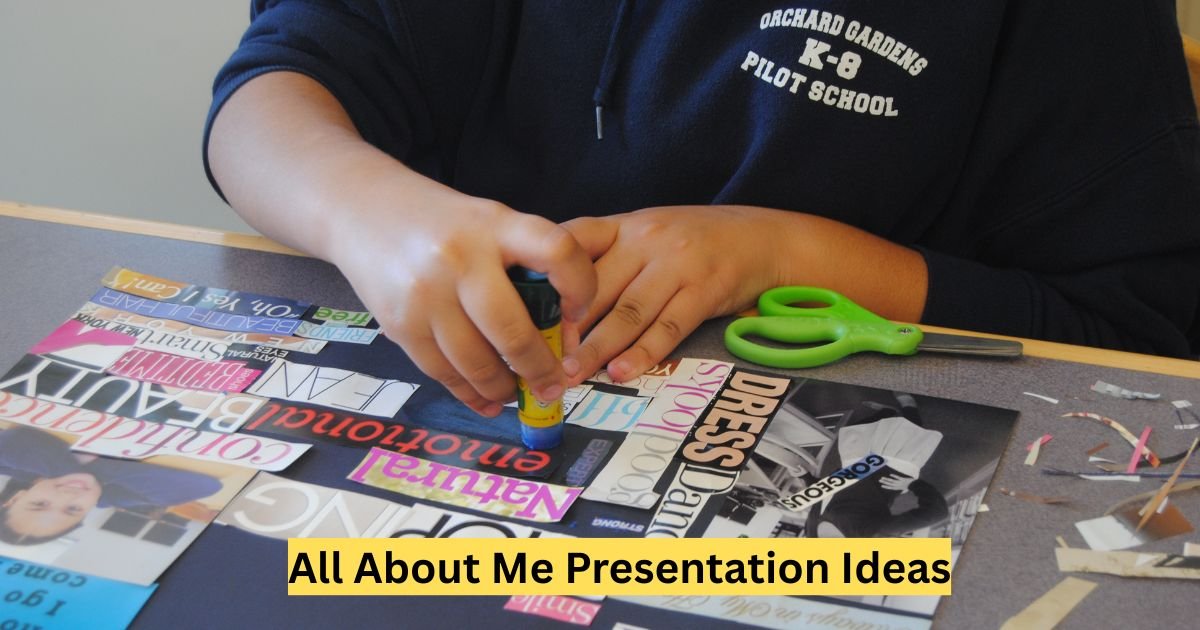The fashion industry is a vibrant, ever-evolving space where creativity and entrepreneurship collide. With global apparel market revenue projected to reach $2.25 trillion by 2027 (Statista), there’s no shortage of opportunities for innovative clothing businesses. But how do you carve out a niche in this crowded market? This article explores unique clothing business ideas that blend creativity, sustainability, and technology to help you launch a standout brand. Whether you’re a budding entrepreneur or a seasoned designer, these ideas will inspire you to create a fashion business that resonates with modern consumers.
Why Start a Unique Clothing Business?
Starting a clothing business in 2025 is more accessible than ever, thanks to e-commerce platforms, social media marketing, and print-on-demand services. But standing out requires originality. Consumers today crave authenticity, sustainability, and personalized experiences. A unique clothing brand can:
-
Tap into niche markets: Cater to underserved audiences with specific needs or aesthetics.
-
Build brand loyalty: Unique offerings create emotional connections with customers.
-
Leverage trends: Align with growing demands for eco-friendly and tech-driven fashion.
Let’s dive into some creative clothing business ideas that can help you make your mark.
1. Sustainable Fashion with a Twist
What Is Sustainable Fashion?
Sustainable fashion focuses on reducing environmental impact through eco-friendly materials, ethical production, and circular business models. But to stand out, you need a unique angle.
Idea: Upcycled Couture
Transform discarded materials into high-fashion pieces. Upcycled couture combines sustainability with exclusivity, appealing to eco-conscious consumers who want one-of-a-kind garments.
-
Example: Patagonia’s Worn Wear program encourages customers to trade in used clothing, which is repaired or repurposed. You could take this further by creating luxury dresses from vintage fabrics or denim jackets from reclaimed jeans.
-
Practical Tips:
-
Source materials from thrift stores, deadstock fabric suppliers, or textile waste programs.
-
Partner with local artisans to add handcrafted details.
-
Market your brand on Instagram with before-and-after transformation videos.
-
SEO Keywords: upcycled fashion, sustainable clothing brands, eco-friendly fashion ideas.
Why Is Upcycled Fashion Popular?
Answer for Featured Snippet: Upcycled fashion is popular because it reduces waste, promotes sustainability, and offers unique, high-quality garments that appeal to environmentally conscious consumers.
2. Adaptive Clothing for Inclusivity
What Is Adaptive Clothing?
Adaptive clothing is designed for people with disabilities, chronic illnesses, or mobility challenges, featuring elements like magnetic closures, adjustable waistbands, or easy-to-wear fabrics.
Idea: Stylish Adaptive Apparel
Create a clothing line that combines functionality with trendy designs. Most adaptive clothing lacks style, so there’s a gap for fashionable, inclusive options.
-
Example: Tommy Hilfiger’s Tommy Adaptive line offers stylish clothing with features like velcro closures and extended zippers. You could target niche groups, like wheelchair users or individuals with sensory sensitivities, with vibrant, modern designs.
-
Practical Tips:
-
Consult with disability communities to understand their needs.
-
Use soft, breathable fabrics like bamboo or organic cotton.
-
Launch a subscription box for adaptive clothing to build recurring revenue.
-
SEO Keywords: adaptive clothing brands, inclusive fashion ideas, clothing for disabilities.
How Can Adaptive Clothing Be Stylish?
Answer for Featured Snippet: Adaptive clothing can be stylish by incorporating trendy designs, vibrant colors, and functional features like magnetic closures or adjustable fits, ensuring both accessibility and fashion appeal.
3. Tech-Infused Smart Clothing
What Is Smart Clothing?
Smart clothing integrates technology, such as sensors, LEDs, or temperature-regulating fabrics, to enhance functionality or aesthetics.
Idea: Wearable Tech Fashion
Design clothing that blends tech with style, like jackets with built-in phone chargers or dresses with customizable LED patterns for events.
-
Example: CuteCircuit’s LED dresses have been worn by celebrities like Katy Perry. You could create affordable smart clothing for everyday use, like workout gear with heart-rate monitors or heated coats for winter.
-
Practical Tips:
-
Partner with tech startups to develop affordable wearable components.
-
Focus on washable, durable materials to ensure practicality.
-
Use TikTok to showcase your products’ tech features in action.
-
SEO Keywords: smart clothing brands, wearable tech fashion, innovative clothing ideas.
What Are the Benefits of Smart Clothing?
Answer for Featured Snippet: Smart clothing offers benefits like enhanced functionality (e.g., temperature regulation, health monitoring), aesthetic appeal (e.g., LED displays), and convenience (e.g., built-in chargers), making it ideal for tech-savvy consumers.
4. Cultural and Heritage-Inspired Clothing
Why Celebrate Cultural Heritage?
Consumers are increasingly drawn to brands that celebrate diversity and cultural storytelling. Heritage-inspired clothing allows you to connect with specific communities while promoting inclusivity.
Idea: Modernized Traditional Wear
Create contemporary clothing inspired by traditional designs from specific cultures, like Indian sarees, African Ankara prints, or Japanese kimonos, but reimagined for everyday wear.
-
Example: Duro Olowu blends Nigerian and Western aesthetics to create vibrant, globally inspired dresses. You could launch a line of fusion wear, like kimono-style jackets or saree-inspired jumpsuits.
-
Practical Tips:
-
Research cultural symbolism to ensure respectful designs.
-
Collaborate with artisans from the culture you’re representing.
-
Use storytelling in your marketing to highlight the heritage behind each piece.
-
SEO Keywords: cultural clothing brands, heritage-inspired fashion, traditional clothing business.
How Can Cultural Clothing Appeal to Modern Audiences?
Answer for Featured Snippet: Cultural clothing can appeal to modern audiences by blending traditional patterns or silhouettes with contemporary cuts, versatile styling, and inclusive sizing, making it suitable for everyday wear.
5. Subscription-Based Custom Clothing
What Is a Clothing Subscription?
A clothing subscription delivers curated or custom pieces to customers on a recurring basis, offering convenience and personalization.
Idea: Bespoke Subscription Boxes
Launch a subscription service for custom-made clothing tailored to individual preferences, body types, or lifestyles, using AI-driven design tools or customer quizzes.
-
Example: Stitch Fix uses algorithms to curate personalized clothing boxes. You could focus on niche markets, like sustainable workwear or plus-size athleisure, with a bespoke twist.
-
Practical Tips:
-
Use platforms like Shopify or WooCommerce to manage subscriptions.
-
Offer a style quiz to collect customer preferences.
-
Provide free returns to build trust.
-
SEO Keywords: clothing subscription services, custom clothing business, personalized fashion ideas.
Why Are Clothing Subscriptions Popular?
Answer for Featured Snippet: Clothing subscriptions are popular because they offer convenience, personalization, and curated selections tailored to individual styles, saving time and enhancing the shopping experience.
Key Trends Shaping the Clothing Industry in 2025
To succeed, align your clothing business with these trends:
-
Sustainability: 66% of consumers are willing to pay more for sustainable brands (Nielsen).
-
Personalization: AI-driven customization is expected to grow by 25% annually (McKinsey).
-
Inclusivity: Brands embracing diverse sizing and accessibility are gaining loyalty.
-
Digital Marketing: Social media platforms like TikTok and Instagram drive 70% of fashion sales (Business of Fashion).
Practical Steps to Launch Your Clothing Business
-
Research Your Niche: Identify underserved markets using tools like Google Trends or social listening on X.
-
Create a Business Plan: Outline your budget, target audience, and marketing strategy.
-
Source Materials: Partner with ethical suppliers or print-on-demand services like Printful.
-
Build an Online Presence: Launch a website and leverage social media for brand awareness.
-
Test and Iterate: Start with a small collection, gather feedback, and refine your offerings.
See Also: top10ideas.org
Conclusion
The fashion industry is ripe with opportunities for entrepreneurs who dare to think differently. From upcycled couture to tech-infused smart clothing, these unique clothing business ideas offer a chance to create a brand that’s both profitable and meaningful. By tapping into trends like sustainability, inclusivity, and personalization, you can build a business that resonates with today’s conscious consumers. Ready to start your fashion journey? Take the first step by researching your niche and crafting a vision that sets you apart.




